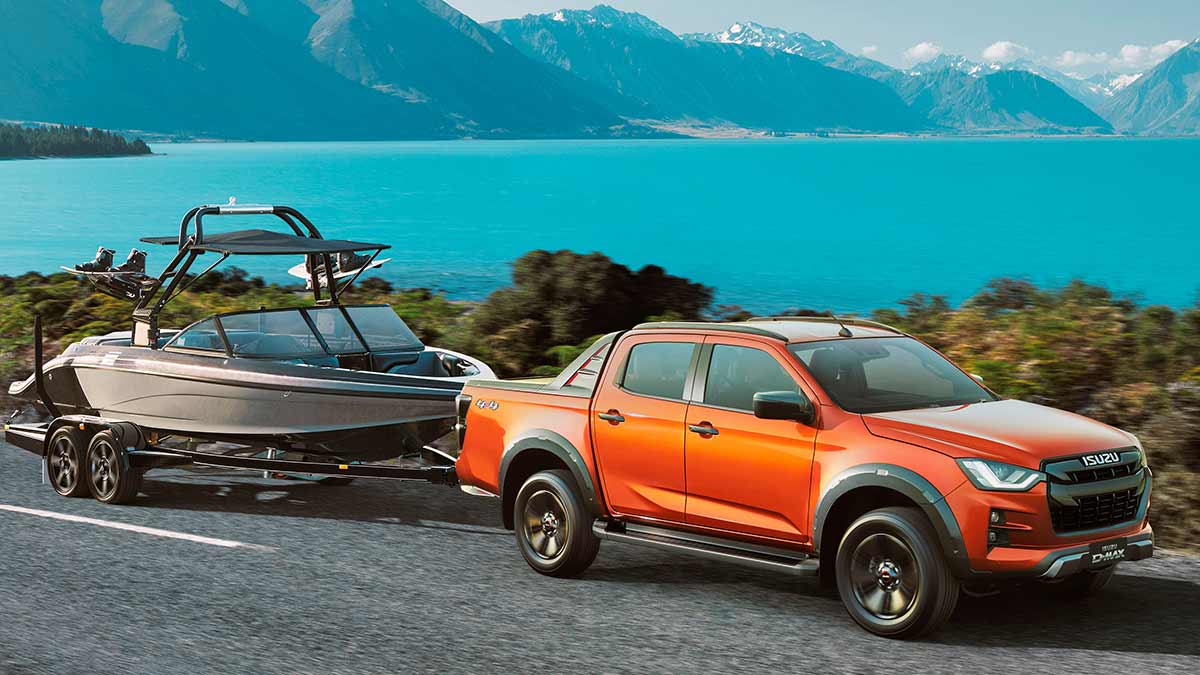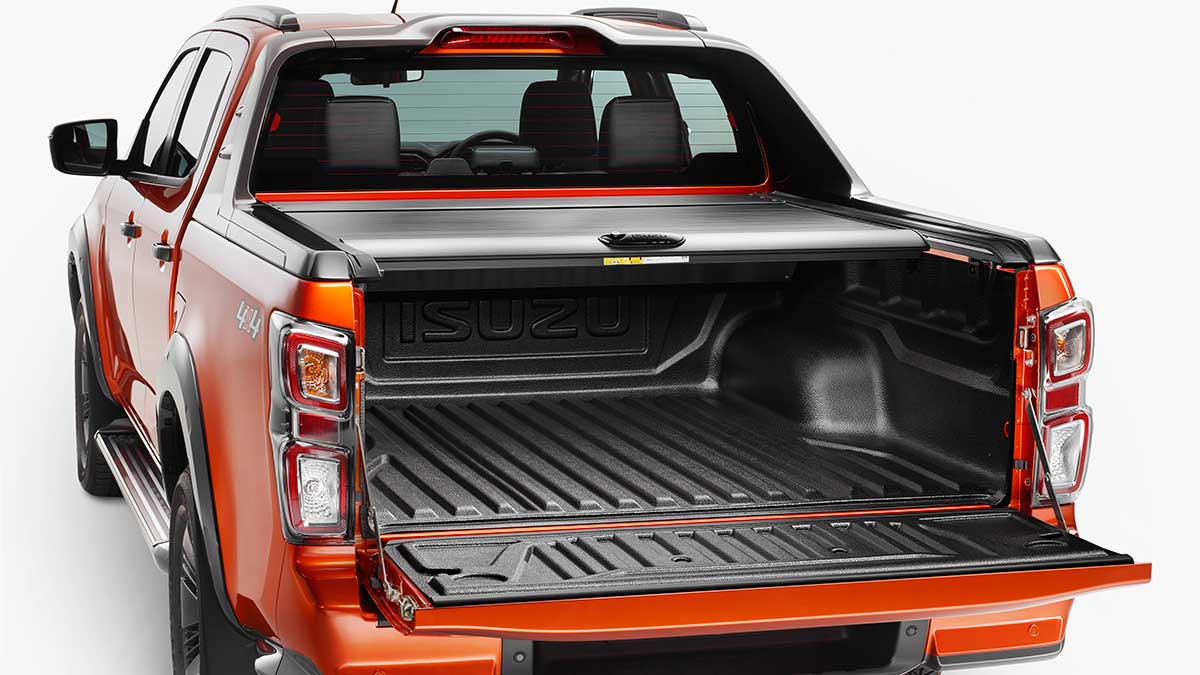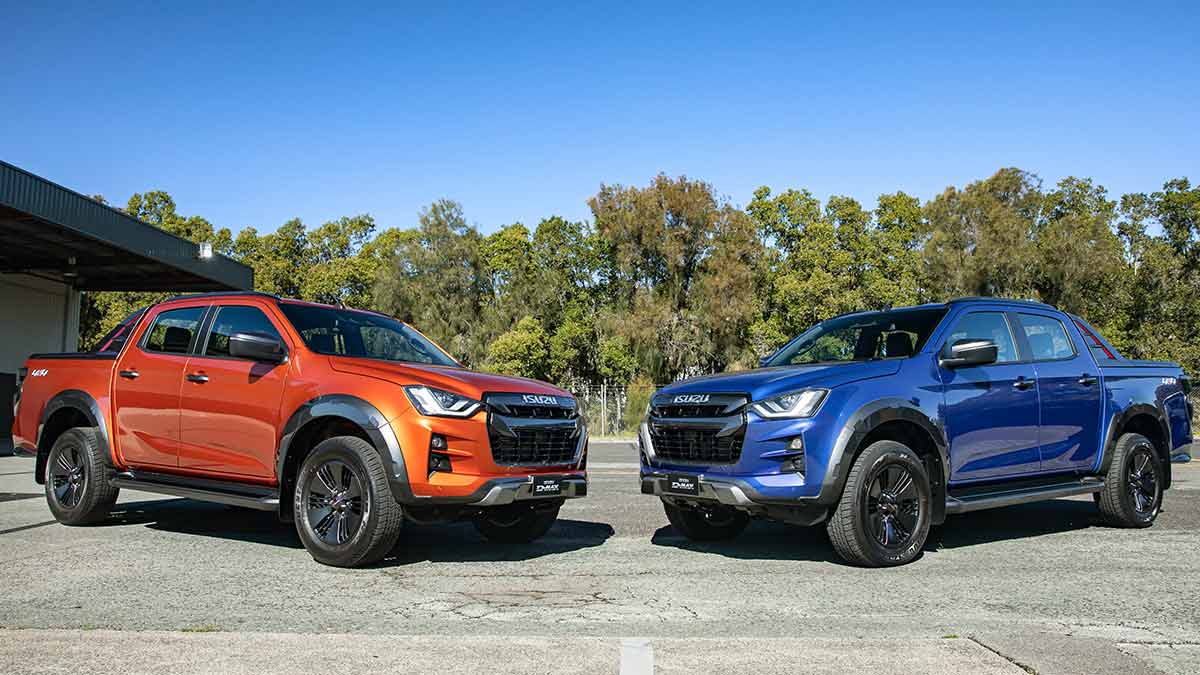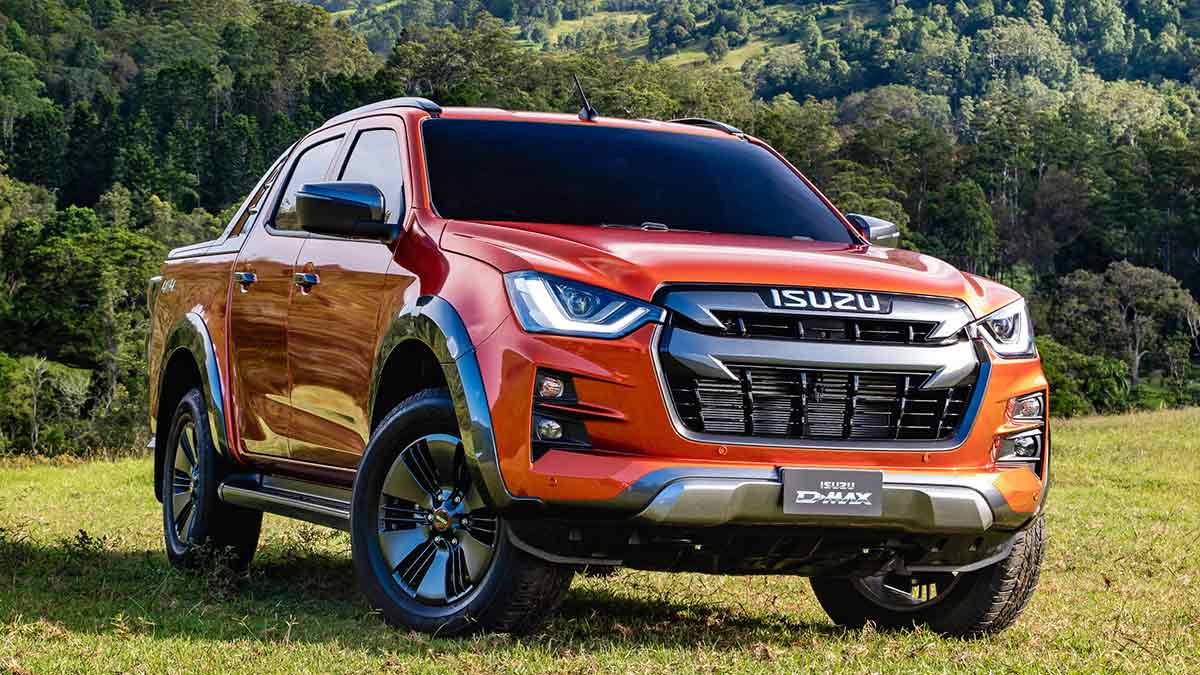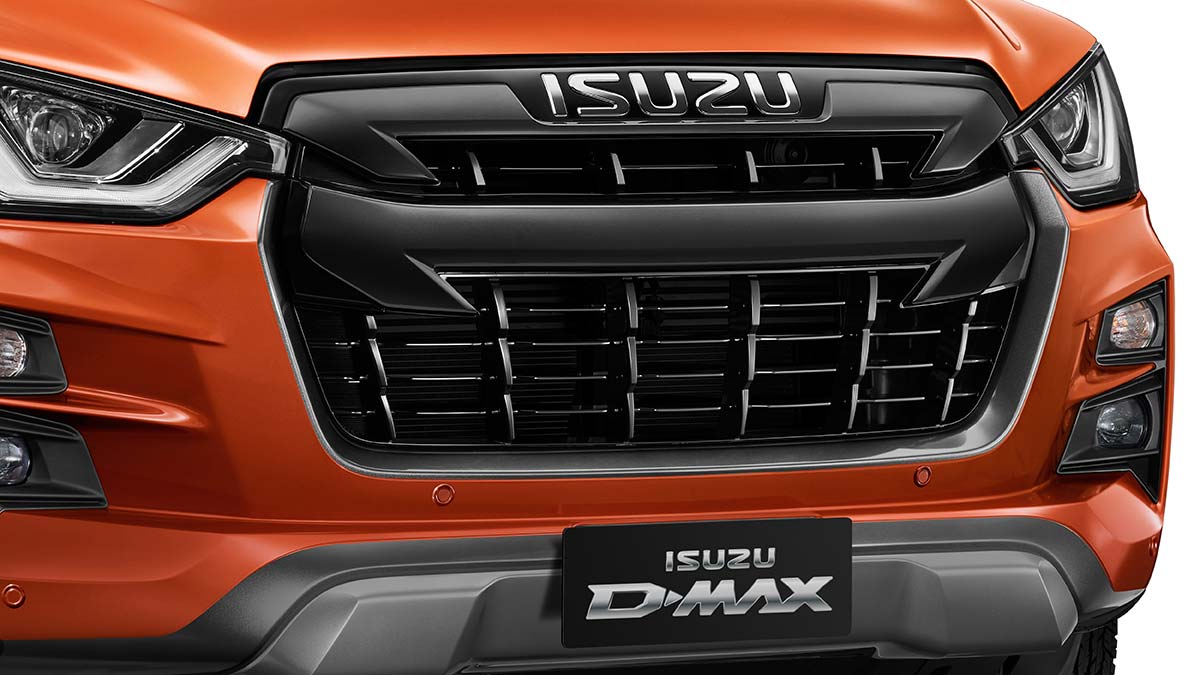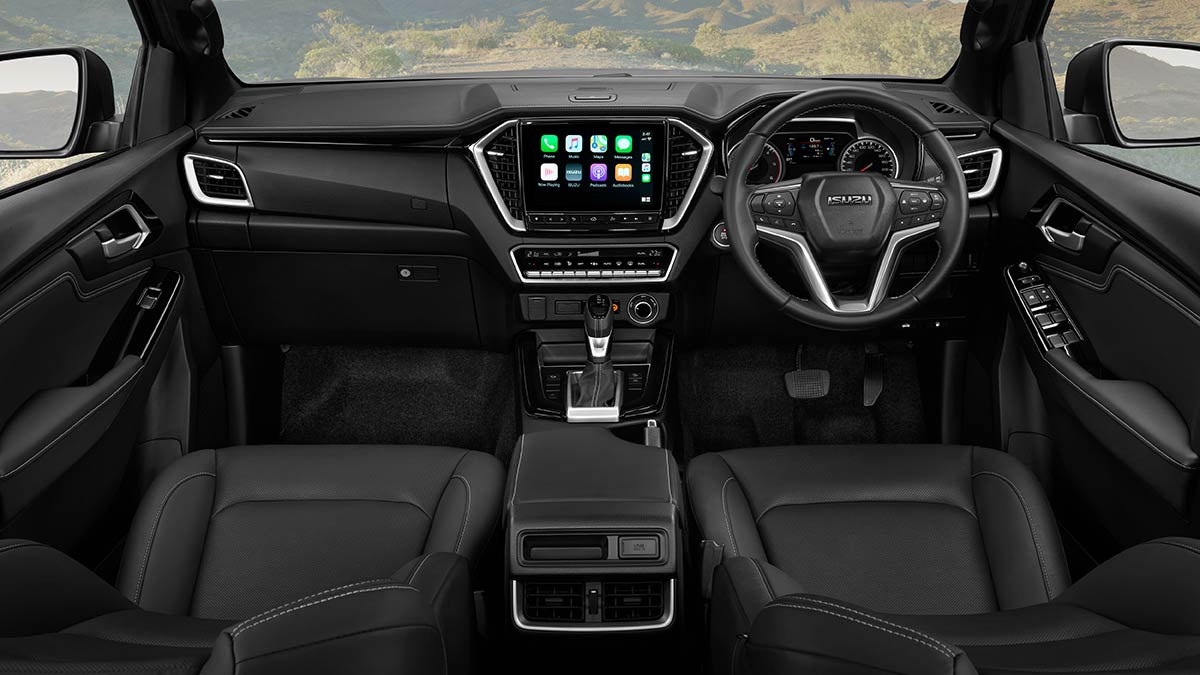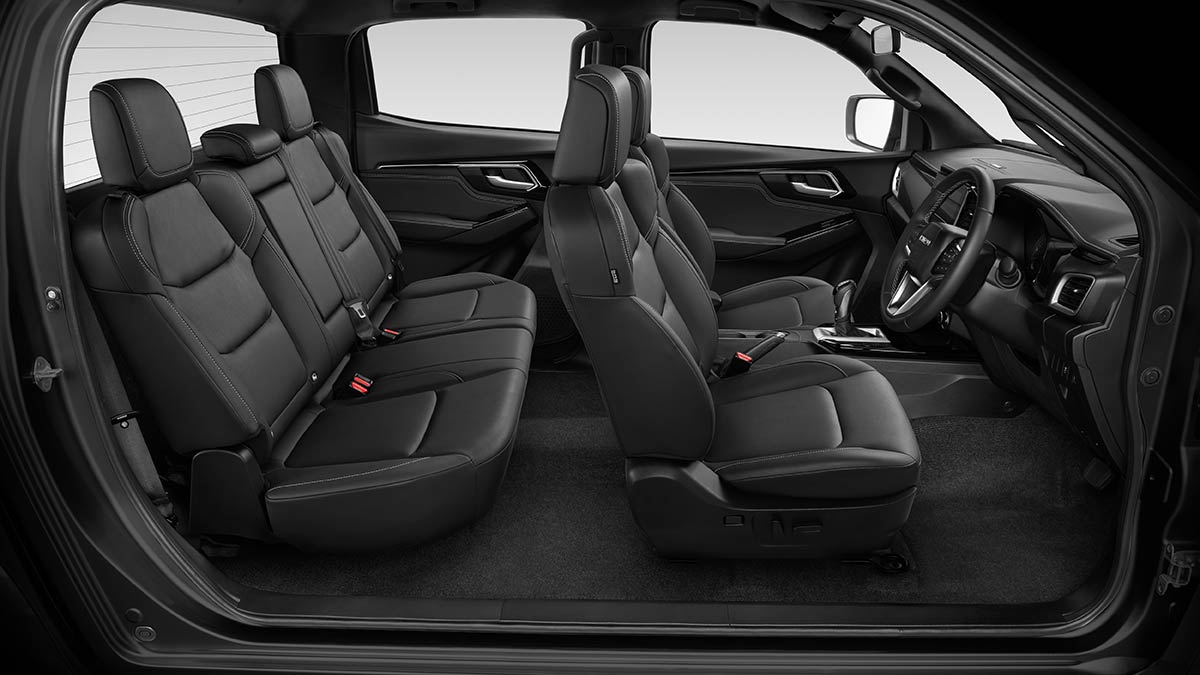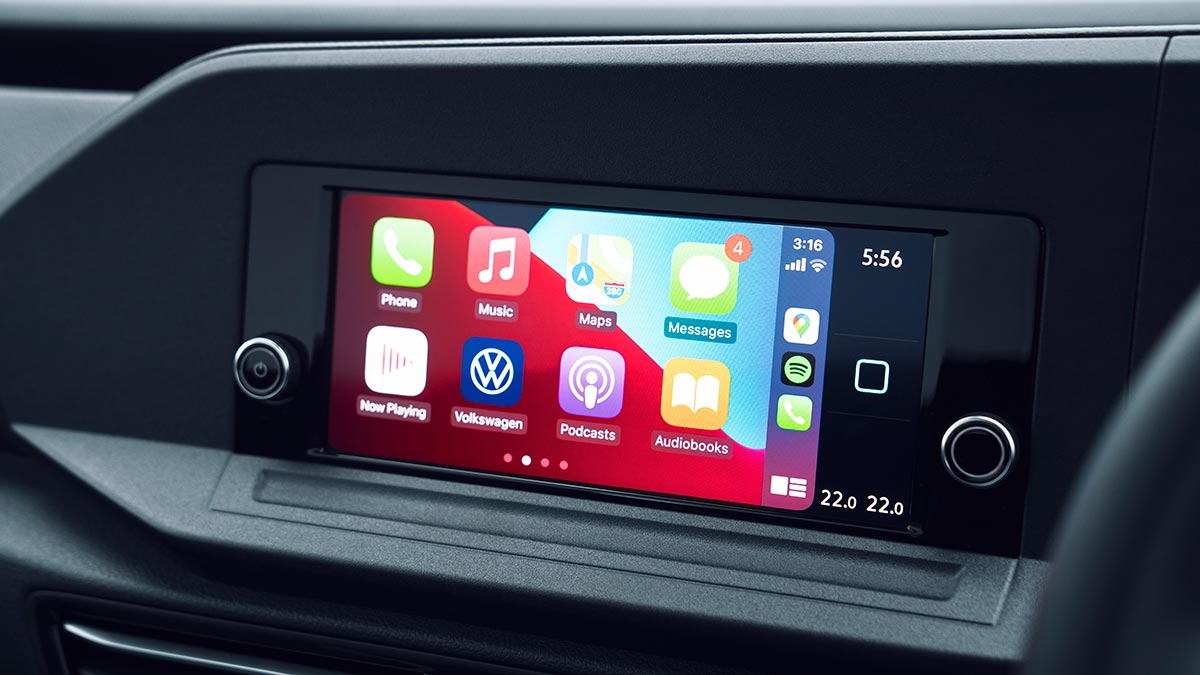The Hyundai Ioniq 9 is a luxurious six- or seven-seat electric SUV which offers electric driving range of up to 600km (WLTP) and a price to match. What does it have to offer buyers?
2022 Isuzu D-Max X-Terrain road test review

Isuzu’s new ute combines its reputation for reliability with class-leading safety features, making it a worthy rival to the Ford Ranger and Toyota HiLux.
Reputations are hard-earned and the Isuzu D-Max is deservedly regarded as one of the toughest utes on the market.
This generation of D-Max look to enhance that image with a suite of safety features and much improved interior civility that should appeal to a broader spectrum of potential buyers.
It’s not just a workhorse anymore, particularly when buyers go for the top-tiered X-Terrain we’re testing.
On this page
- How much does the Isuzu D-Max cost?
- How safe is it?
- What's it like inside?
- What's under the bonnet?
- Is it efficient?
- How does it drive?
- Should I buy one?
How much does the Isuzu D-Max cost?
Prices for a four-wheel-drive D-Max ute start at $50,900 before on-road costs for the SX version and climb to $65,900 for the X-Terrain.
That said, Isuzu has a factory-backed offer of $62,990 for the X-Terrain, so if you’re in the market for a new ute, it’s worth considering.
The D-Max needs servicing every 12 months or 15,000km. Capped price servicing for the 3.0-litre turbodiesel models runs out to seven years at a total cost of $3,513 - or around $502 a year. The warranty is a year longer than average at six years or 150,000km.
There are no shortage of rivals in this segment, led by the more-than-capable Ford Ranger, though prices for Ford’s comparable Wildtrack X version start at $66,790 for the 3.2-litre five-cylinder turbodiesel engine and $68,290 for the 2.0-litre four-cylinder twin turbodiesel, plus on-road costs.
How safe is the Isuzu D-Max?
Safety is part of the Isuzu’s appeal. ANCAP rated the ute as a five-star vehicle when it was tested in 2020.
The biggest criticism was of the frontal offset test, where protection for the driver’s test and upper legs was rated as marginal.
The D-Max still scored 83 per cent for adult occupant protection. Child protection was scored at 89 per cent, with isofix anchorages and top tethers for the outboard rear seats.
Vulnerable road user protection was rated at 69 per cent, largely due to the marginal score for the autonomous emergency braking system’s detection of cyclists. The system is also not configured to detect pedestrians or cyclists when the D-Max is reversing.
Safety assist features was judged to be 84 per cent. The Isuzu performed well in most situations, but it failed to detect vehicles turning across its path in some scenarios.
The D-Max’s standard gear includes a lane support system with lane-keep assist and emergency lane keeping.
The speed sign recognition works well and is backed by adaptive cruise control.
Blind-spot monitoring is also standard and there are seven airbags to cushion the blow if an accident does occur, supplemented by multi-collision brake assist, which stops the Isuzu careening into another crash after the first one.
That’s a list as comprehensive as you’ll find on high-end passenger cars.
What’s the Isuzu D-Max like inside?
The D-Max X-Terrain boasts leather-accented seats with eight-way power adjustment on the driver’s side. Combined with a steering wheel that adjusts for reach and tilt, it means drivers shouldn’t have an issue finding a comfortable position.
There’s no shortage of storage options, with dual gloveboxes, a flat storage bin mounted on top of the dash and decent-sized door pockets.
The nine-inch infotainment system is high-resolution and works well. It includes wireless Android Auto and Apple CarPlay connectivity, but the absence of a wireless charging pad means most owners will find themselves using a cable to keep the phone charged up on longer trips.
Rear-seat occupants have separate air vents and there’s a USB port to power up devices.
What’s under the Isuzu D-Max’s bonnet?
Isuzu’s 3.0-litre turbocharged four-cylinder diesel engine is a strong performer. It pushes 140kW and 450Nm to the rear wheels via a six-speed automatic transmission.
Other companies use transmissions with more ratios, but the D-Max is rarely found wanting, thanks to the auto being calibrated to keep the ute in at peak torque once underway.
That peak kicks in at just 1400rpm and hangs around to 3250rpm, at which point the transmission will kick up to the next cog.
How efficient is the Isuzu D-Max?
The official rating is 8.0 litres every 100km on the combined cycle and 9.8 litres/100km on the urban cycle.
That’s probably achievable in the real world: we saw 8.6 on a mix of freeway and city driving.
How does the Isuzu D-Max drive?
The driving manners of the D-Max are as good as most cars in this class.
Without a load in the tub, the leaf-sprung rear end can have a secondary bounce over speed humps or through freeway speed undulations.
Again, nothing unusual there, given these utes are designed to carry up to a tonne.
Load some weight in the rear tub (and that tub has a factory liner to prevent damaging the metal, along with a standard roller tonneau cover) and the D-Max is a more composed ride.
It’s worth noting the cover restricts just how much you can pile into the back of the Isuzu and has an annoying tendency to stick when it’s being opened.
Powered shutter for the update, please Isuzu.
The steering is light at low speeds and the heft increases with speed.
Off-roading enthusiasts will want to replace the standard rubber sooner rather than later.
It’s fine as a compromise (given most D-Max owners won’t be driving on serious four-wheel-drive tracks) and won’t have an issue on loose gravel or sand, but the tread isn’t going to cut it trying to negotiate deep slush or rain-slicked rock faces, despite the inclusion of a standard rear diff lock.
The default drive mode is rear-wheel drive but engaging high-range four-wheel drive can be done on the move on unsealed surfaces.
Drivers will need to stop the vehicle and select neutral to slip down into low range four-wheel-drive.
Should I buy one?
The short answer is you should test-drive it.
Isuzu’s reputation for ruggedness and reliability is evident in the way the vehicle performs.
The price of the X-Terrain variant is now matching similarly specified competitors, but the six-year warranty gives the Isuzu an edge.
And if you can score a driveaway deal like the one being offered now, it becomes an attractive option.
The information provided is general advice only. Before making any decisions please consider your own circumstances and the Product Disclosure Statement and Target Market Determinations. For copies, visit racv.com.au. As distributor, RACV Insurance Services Pty Ltd AFS Licence No. 230039 receives commission for each policy sold or renewed. Product(s) issued by Insurance Manufacturers of Australia ABN 93 004 208 084 AFS Licence No. 227678.
